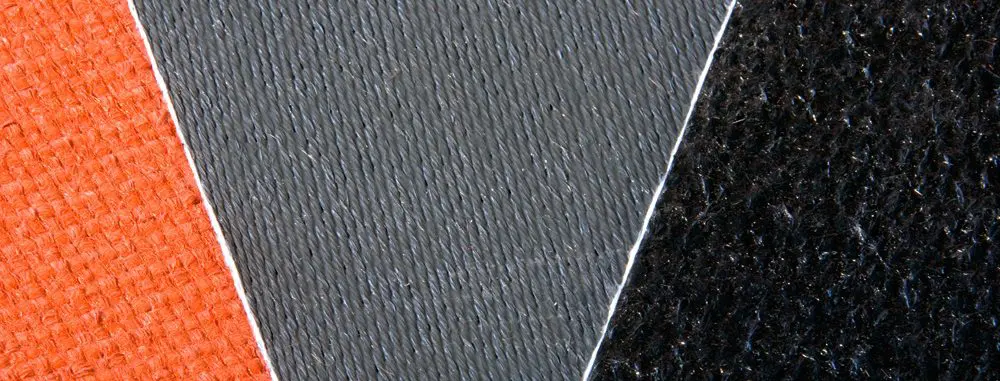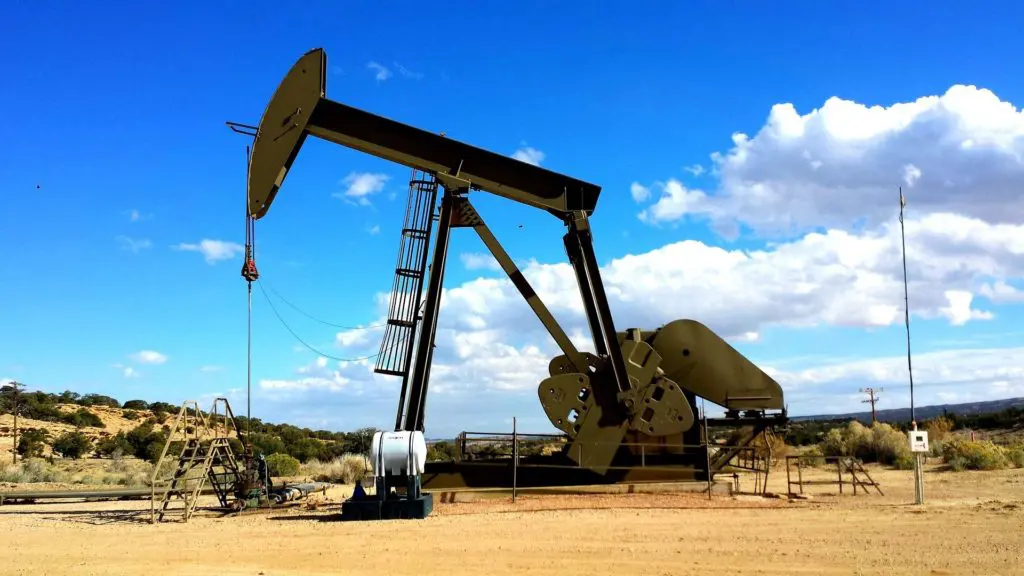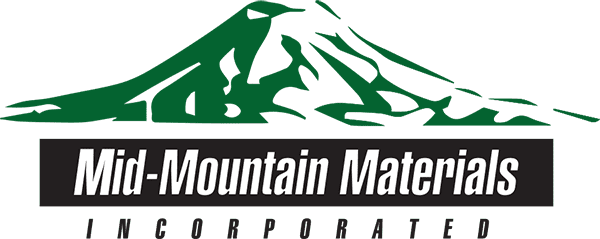Global spending on oil and gas production dropped historically in 2020, by an estimated 10%, with demand for fuel and travel dramatically decreasing across the globe. Although oil prices have begun to slowly increase since November, they are expected to remain below pre-pandemic levels for some time.
However, investment in renewables and other clean energy is increasing, meaning emission control is more important than ever. Companies face a new pressure to improve returns and control emissions. Warnings that these emissions could rebound strongly without greater action by companies, policy makers, and regulators have been given.
What is the Issue with Methane?
Methane is a far more potent greenhouse gas than carbon dioxide, making a significant contribution to global warming. Oil and gas operations worldwide emit more than 70 million tons of methane into the atmosphere which is equivalent to the total energy-related CO2 emissions across the entire EU.
Methane emissions dropped significantly in 2020, not due to the avoidance of methane leaks but to reduced gas and oil production. This means that there is a risk that the downward trend will be reversed following a rebound in global economic activity. Early action on methane emissions will be critical for avoiding the worst effects of climate change.
Why Should Emission Control be a Focus for Companies?
It is critical to ensure that there is no resurgence in methane emissions as the world recovers. Reducing methane emissions is very beneficial for oil and gas companies because natural gas can be brought to market. The cost of the changes and improvements to prevent leaks will be more than covered by this influx in profits from natural gas.
Types of Emission Control Technologies
Emission control technologies can be categorized into fuel pretreatment, combustion improvement, and exhaust gas aftertreatment.
Fuel pretreatment is addressing and reducing the causes that lead to the emergence of pollutants in fuel. An advantage is its effectiveness and simplicity, requiring no additional devices. However, the disadvantages are that the pollutants it can address are limited.
Combustion treatment does not require additional devices outside the engine. However, optimization and significant reduction in methane emissions are a challenge to achieve.
Exhaust gas aftertreatment is the reduction of pollutants in the exhaust gas. The advantage is that large amounts of many types of pollutants can be reduced. However, the disadvantage is that it requires additional devices outside the engine.

How can Mid-Mountain Help with Emission Control?
Mid-Mountain produces thermal insulation barriers and environmental protection products that reduce emissions, conserve energy, and protect the environment. The vertical integration means that Mid-Mountain can fabricate blankets, curtains and seals from many different types of material, tailored to specific applications. These will act as barriers against moisture, heat, pollution, abrasion, and chemicals.
Mid-Mountain’s line of ARMATEX® QF and SQF Coated Fabrics are ideally suited to use in emissions control applications. The weight of the fabric combined with Q-Mix coating results in a material with excellent thermal insulation properties, durability, and abrasion resistance.
Emission control is both good for the planet and lucrative for businesses. Contact us today to find out how we can help you.


